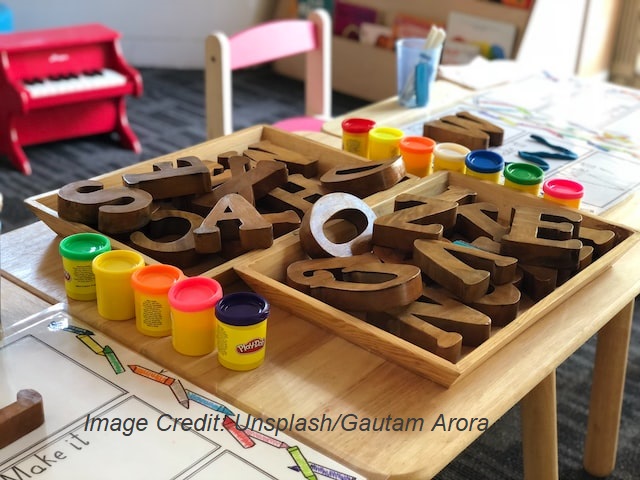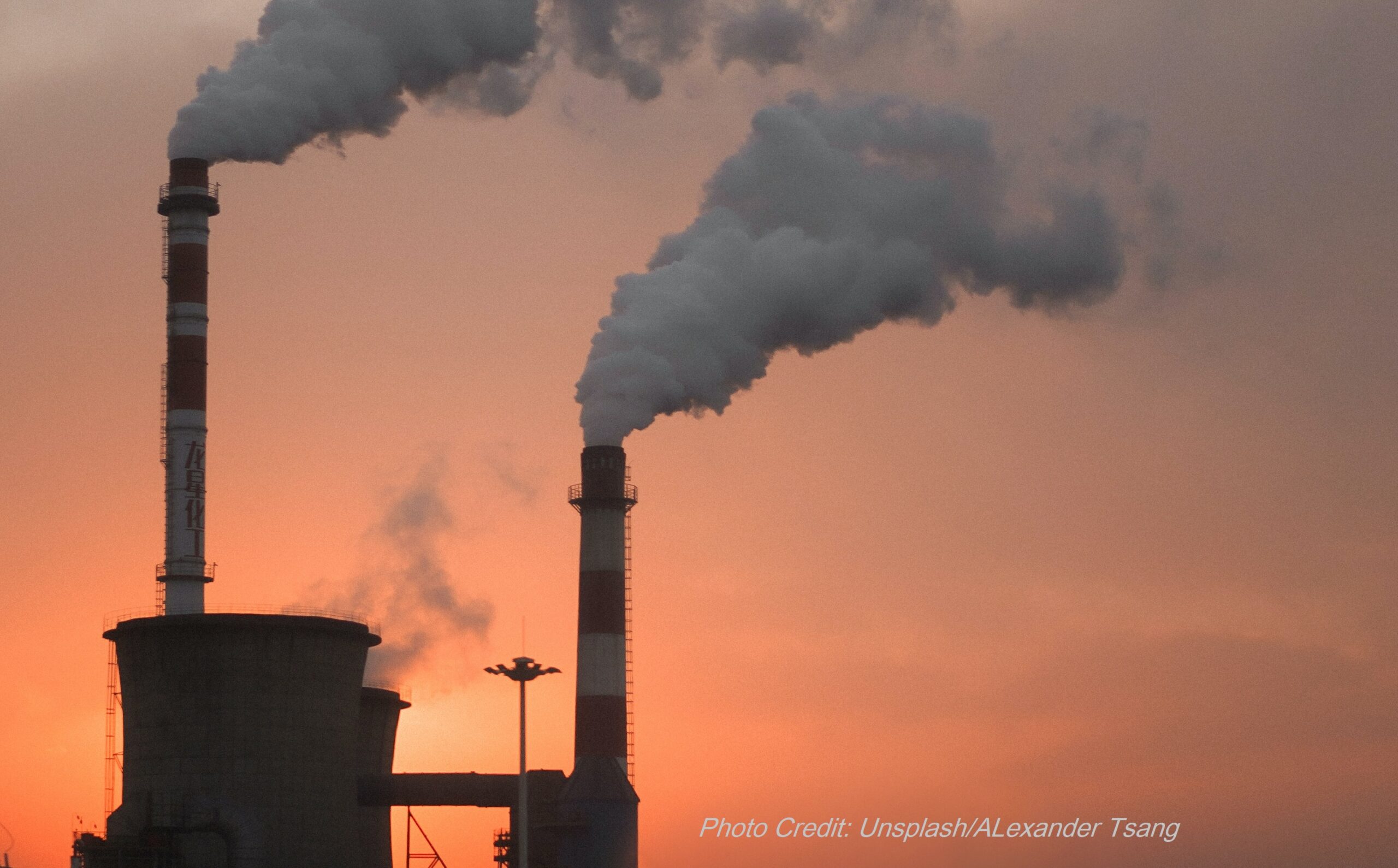Amudalat Ajasa at the Washington Post reports on a new study that looks at the effect of air pollution on childhood cognitive development.
The study found that children in high poverty neighborhoods are exposed to more air pollution, and that the air pollution exposure in infancy can account for about a third of the impact of neighborhood poverty on reading and math school readiness tests at age 4.
To repeat: air pollution exposure to infants decreases school readiness when they are 4 years old. Air pollution has that much effect on children’s brain, neurologic, and cognitive development.
The study found that children in high poverty (poorer) neighborhoods were more exposed to particle pollution (PM, or soot), nitrogen dioxide (NO2), carbon monoxide (CO), volatile organic compounds (VOCs) such as toluene, phenol, methanol, xylene, benzene compounds and other VOCs, and heavy metal compounds including lead, manganese, cadmium, and mercury. Children in low poverty (wealthier) neighborhoods were more exposed to ozone. (PM, NO2, and CO often come from traffic related air pollution, because our country built highways in or near communities with high levels of poverty).
We know that when babies are born, their brains are still developing. (That is why they don’t learn to walk till they’re almost a year old.) This study shows that early air pollution exposure has significant effect on child development and can affect cognitive function and school readiness years after exposure.
This study was only about poverty and air pollution, so the researchers controlled for age, gender, race, birthweight, and whether the children were twins or triplets (multiple birth). However due to structural and environmental racism, we know that children in communities of color are more exposed to air pollution and that poverty and environmental racism often overlap.
This study adds to other studies showing that air pollution damages children’s cognitive development, or in other words: air pollution is poisoning children and causing brain damage. It’s why we need clean energy and clean transportation – it’s for the kids.
Read the news article in the Washington Post here. It’s a very good article and has lots more information.
Read the scientific article in Science Advances here.





